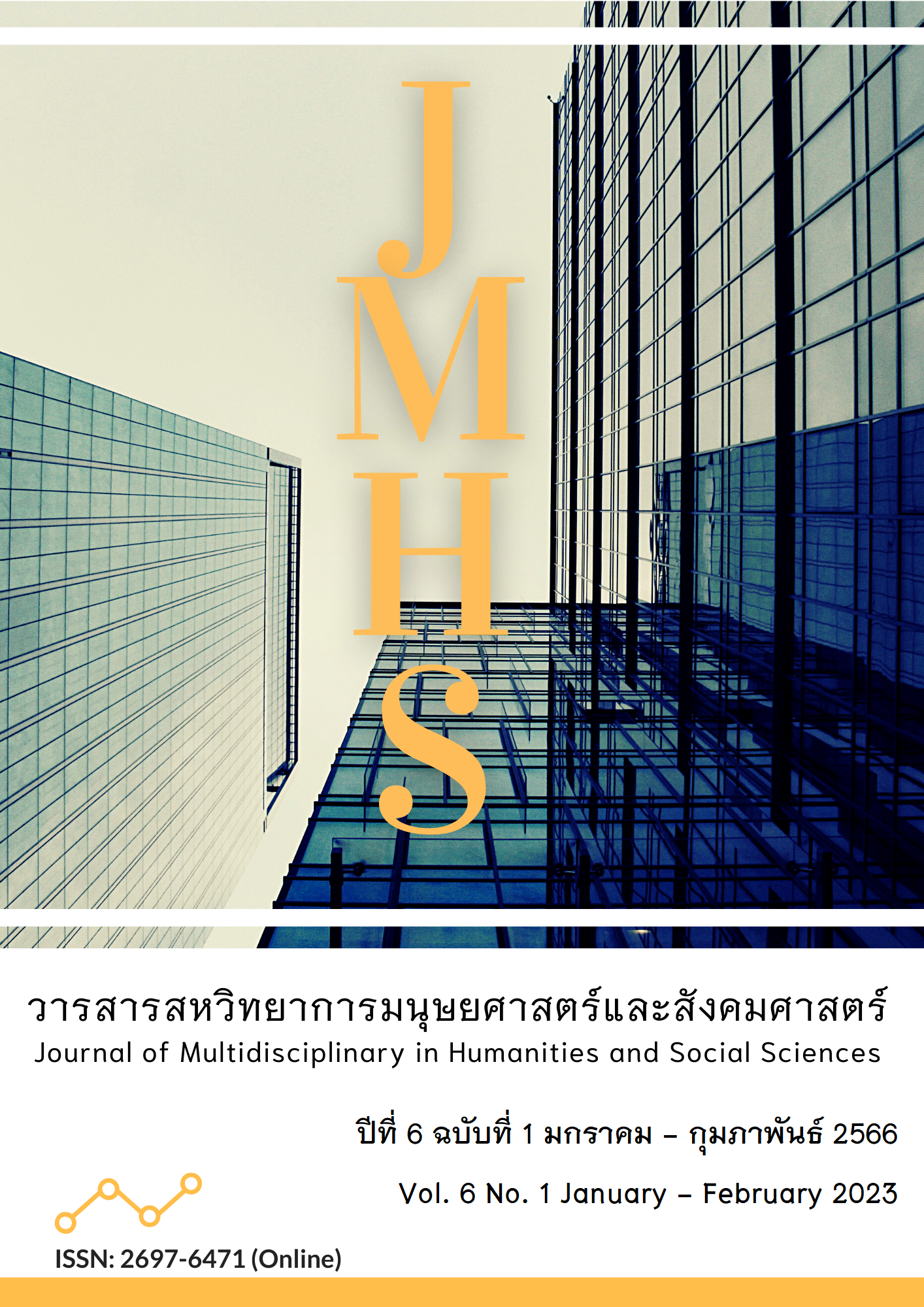Using Mobile Phone Sensors to Identify Underground Pipes: A Narrative Review of Modern Mobile Phone Applications
Main Article Content
Abstract
Smartphones are equipped with a variety of sensors that enable them to perform a wide range of functions, including compass, GPS, gyroscope, GIS, and augmented reality (AR). In this article, we will explore how these sensors can be used in combination to virtually see underground pipes, such as water and gas pipes. By leveraging the precise location and orientation capabilities of GPS and the compass, and the ability of the gyroscope to detect changes in orientation, smartphones can provide a realistic and accurate representation of underground pipes in real time. Additionally, by using AR technology, this information can be overlaid onto the user's view of the real world, enabling them to see underground pipes as if they were visible above ground.
Article Details

This work is licensed under a Creative Commons Attribution-NonCommercial-NoDerivatives 4.0 International License.
Views and opinions appearing in the Journal it is the responsibility of the author of the article, and does not constitute the view and responsibility of the editorial team.
References
Bhat, M. A., Shah, R. M., & Ahmad, B. (2011). Cloud computing: A solution to Geographical Information Systems (GIS). International Journal on Computer Science and Engineering (IJCSE), 3(2), 594-600. http://www.enggjournals.com/ijcse/doc/IJCSE11-03-02-006.pdf
Chang, G., Morreale, P., & Medicherla, P. (2010). Applications of augmented reality systems in education. In D. Gibson & B. Dodge (Eds.), Proceedings of SITE 2010--Society for Information Technology & Teacher Education International Conference, (pp. 1380-1385). https://www.learntechlib.org/primary/p/33549/.
Chen, Y.-F., Rebolledo-Mendez, G., Liarokapis, F., de Freitas, S., & Parker, E. (2008). The use of virtual world platforms for supporting an emergency response training exercise. In The 13th International Conference on Computer Games: AI, Animation, Mobile, Educational and Serious Games, CGAMES 2008, (pp. 49-55). http://researchrepository.murdoch.edu.au/id/eprint/26802
Choi, H., & Ryew, S. (2002). Robotic system with active steering capability for internal inspection of urban gas pipelines. Mechatronics, 12(5), 713-736.
Chrisman, N. R. (1999). What does ‘GIS’ mean?. Transactions in GIS, 3(2), 175-186.
El-Rabbany, A. (2002). Introduction to GPS: the global positioning system: Artech house.
Fenais, A., Ariaratnam, S. T., & Smilovsky, N. (2020). Assessing the accuracy of an outdoor augmented reality solution for mapping underground utilities. Journal of Pipeline Systems Engineering and Practice, 11(3), 04020029.
Gerste, M. (2019). Gyroscopes: Types, functions and applications. Nova Science Publishers.
Hamza-Lup, F. (2019). Kinesthetic Learning--Haptic User Interfaces for Gyroscopic Precession Simulation. Journal of Human-Computer Interaction (RO-CHI), 11(3), 185-204. https://doi.org/10.48550/arXiv.1908.09082
Information Resources Management Association (USA). (2018). Virtual and augmented reality: Concepts, methodologies, tools, and applications. IGI Global.
Kappi, J., Syrjarinne, J., & Saarinen, J. (2001). MEMS-IMU based pedestrian navigator for handheld devices. In Proceedings of the 14th International Technical Meeting of the Satellite Division of The Institute of Navigation, ION GPS 2001, (pp. 1369-1373). http://www.ion.org
Kim, D.-W., Lee, J., Lim, H., Seo, J., & Kang, B.-Y. (2014). Efficient dynamic time warping for 3D handwriting recognition using gyroscope equipped smartphones. Expert Systems with Applications, 41(11), 5180-5189.
Lawson, S. W., & Pretlove, J. R. (1998). Augmented reality for underground pipe inspection and maintenance. Paper presented at the Telemanipulator and Telepresence Technologies V. DOI:10.1117/12.333673
Liu, Z., & Kleiner, Y. (2013). State of the art review of inspection technologies for condition assessment of water pipes. Measurement, 46(1), 1-15.
Lotz, W. A., & Hough, J. M. (2021). Moisture control and insulation systems in buildings, chilled water pipes and underground pipes: A guide for architects, engineers, contractors, facility managers, construction professionals and homeowners. Universal-Publishers.
Lowrie, W., & Fichtner, A. (2020). Fundamentals of geophysics (3rd ed.). Cambridge University.
Morton, Y. J., Van Diggelen, F. S. T., Spilker, J. J., & Parkinson, B. W. (2020). Position, navigation, and timing technologies in the 21st century: Integrated satellite navigation, sensor systems, and civil applications. Wiley-IEEE.
NationalGeographic. (n.d.). GIS (Geographic Information System). Retrieved from https://education.nationalgeographic.org/resource/geographic-information-system-gis
Nincarean, D., Alia, M. B., Halim, N. D. A., & Rahman, M. H. A. (2013). Mobile augmented reality: The potential for education. Procedia - Social and Behavioral Sciences, 103, 657-664. https://doi.org/10.1016/j.sbspro.2013.10.385
Pangilinan, E., Lukas, S., & Mohan, V. (2019). Creating augmented and virtual realities: Theory and practice for next-generation spatial computing. O'Reilly Media.
Peabody, E. M. (2010). Sustaining the global positioning system. Nova Science Publishers.
Piroozfar, P., Judd, A., Boseley, S., Essa, A., & Farr, E. R. P. (2019). Augmented Reality (AR) for utility infrastructure: An experiential development workflow. In Proceedings of 11th International Conference (CITC-11) Springer. https://e7b3ad67-c36a-4cc9-8f96-
f6f62f269de.filesusr.com/ugd/0d72f4_b286847b246740a59299c0caa6d53dc8.pdf
Qiao, X., Ren, P., Dustdar, S., Liu, L., Ma, H., & Chen, J. (2019). Web AR: A promising future for mobile augmented reality-state of the art, challenges, and insights. Proceedings of the IEEE, 107(4), 651-666.
Senapathi, V., Viswanathan, P. M., & Chung, S. Y. (2019). GIS and geostatistical techniques for groundwater science. Elsevier.
Su, X., Tong, H., & Ji, P. (2014). Activity recognition with smartphone sensors. Tsinghua Science and Technology, 19(3), 235-249. https://doi.org/10.1109/TST.2014.6838194
Zhang, X., Han, Y., Hao, D., & Lv, Z. (2016). ARGIS-based outdoor underground pipeline information system. Journal of Visual Communication and Image Representation, 40, 779-790. https://doi.org/10.1016/j.jvcir.2016.07.011


